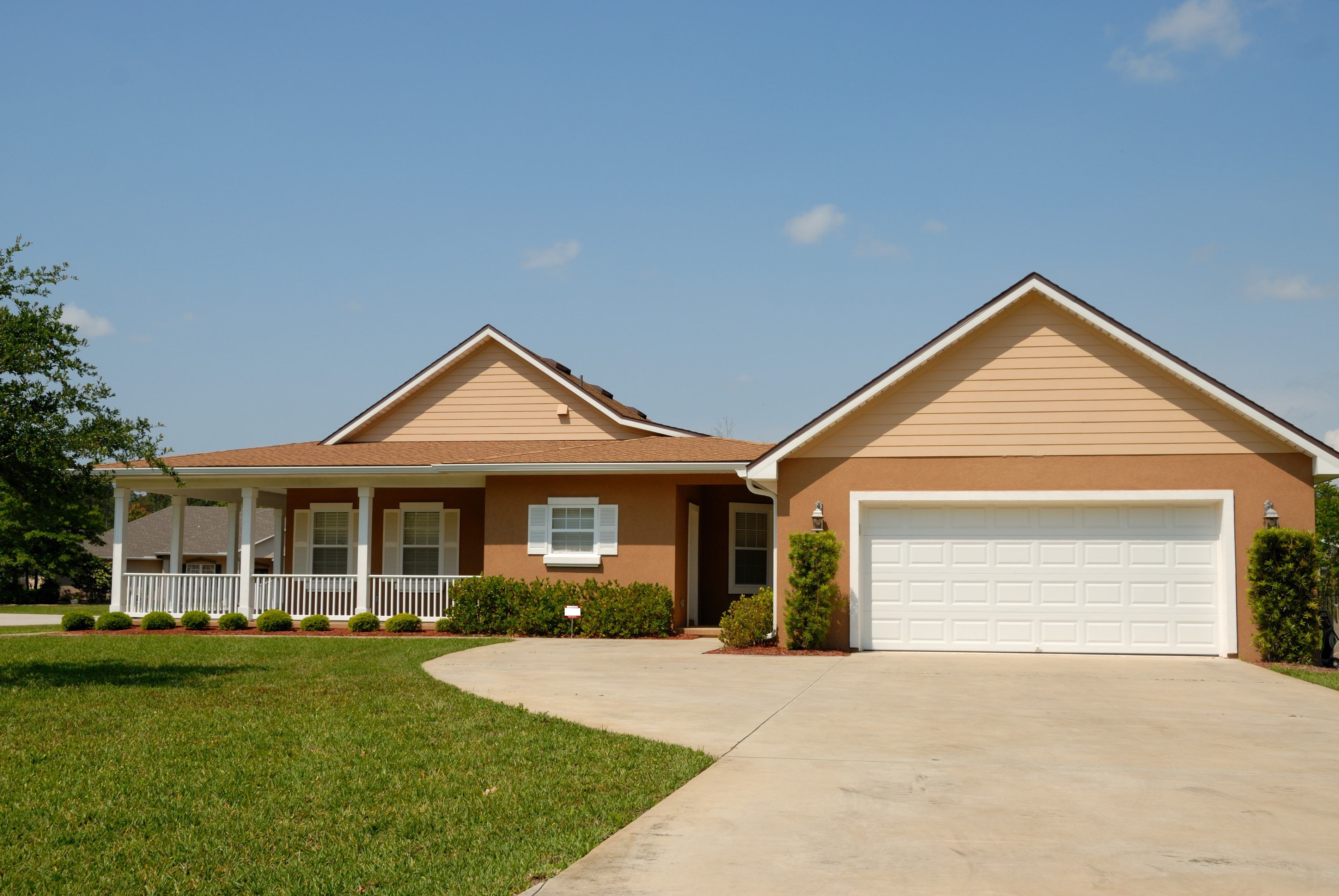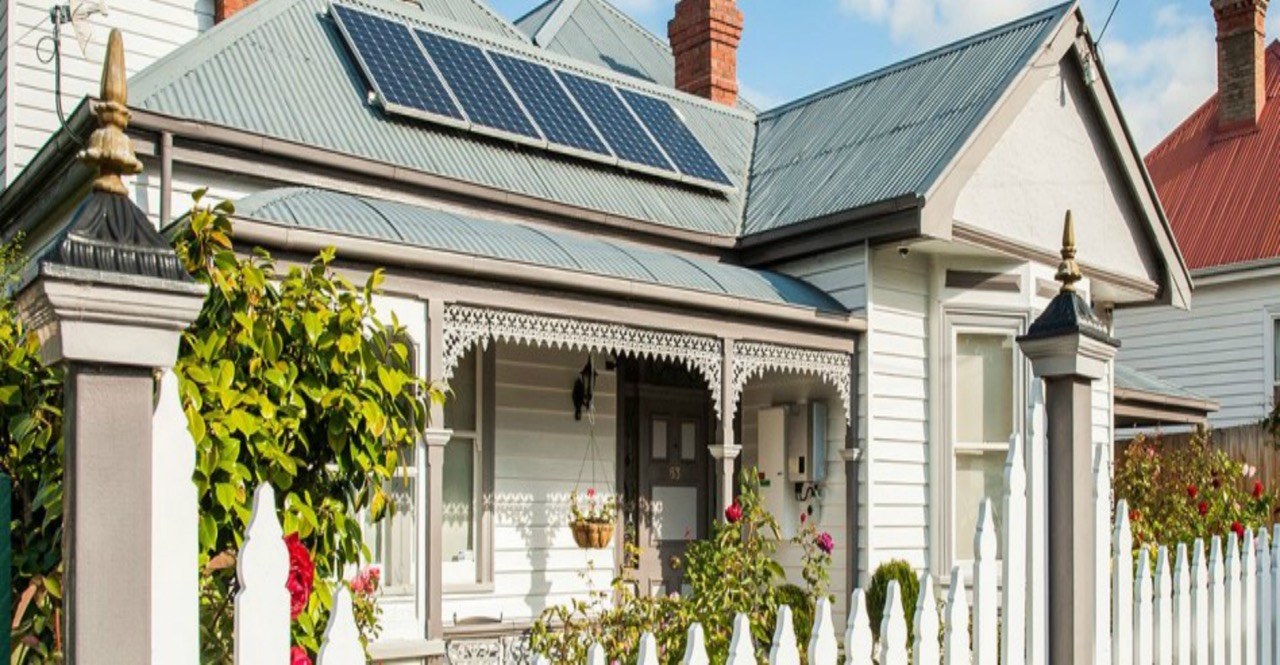It is generally believed that having an energy-efficient home is an expensive luxury, but the reality is that more than ever it's a necessity whether you're a homeowner or renter. Cutting down your energy consumption is good for your economy but also contributes to a better planet by reducing your carbon footprint.
The advances in green energy, as well as new tax policies on its use, are making it more affordable. Here's a wide range of options to make your house more energy efficient:
Switch to LED Bulbs
As new lighting standards took effect in 2012, traditional incandescent bulbs have almost phased out, leaving us more energy-efficient options, such as halogen incandescents, CFLs (Compact Fluorescent lights), and LEDs (Light Emitting Diodes), which last up to 10 to 25 times longer than conventional incandescent bulbs. While their price is quite similar, their lifespan differs quite a bit, putting LEDs on top of the range in efficiency. According to the U.S. Department of Energy, switching to energy-efficient lighting is one of the fastest ways to cut your utility bills. By replacing your home's five most frequently used light fixtures or bulbs with models that have earned the Energy Star rating, you can save $75 each year, and the cost of a six-pack of LEDs is only $19.99.
Seal Air Leaks
One of the most effective ways to save energy without spending a lot is to caulk or weatherstrip drafty windows and doors to reduce air leakage. Homeowners and even renters can save between 10 to 20 percent annually on heating and cooling bills according to energy.gov. And the overall cost is only $3 to $30.
Add Solar Film to Your Windows
Applying solar film to your windows is an easy DIY affordable project even for renters. It's a cost effective solution to regulate your home's temperature because a single layer of film can block 99 percent of ultraviolet rays, which also reduces fading of furniture and drapes. According to the International Window Film Association once installed, window film may offer year-round savings of about 5 to 10 percent of the home's total energy bill. With this cost-effective solution there's no need to install new windows unless you are doing it for aesthetics.
Install a Programmable Thermostat
The average household spends more than $2,000 a year on energy bills - nearly half of which goes to heating and cooling. Therefore, it's a good idea to install a thermostat to regulate your house for proper temperature while you are asleep or away from home. According to Energy Star, a programmable thermostat can save about $180 annually, so the cost of the investment is paid off within a year.
Great Savings for Mid-Income Families

The fixes described above are easy, inexpensive, and most importantly effective. However, if you can stretch your budget a little more to increase energy efficiency, the following upgrades are quite affordable considering all the money they will save you in the long run.
Add Home Insulation
By sealing your home and adding proper insulation to your attic, walls, floor, or basement, it is estimated that you can reduce an average of 15 percent on heating and cooling costs, or about 11 percent of total energy costs, according to the Environmental Protection Agency. The average investment on home insulation can be as low as $1,200 for a DIY project or up to $2,500 when contracting for an average 2,520 square foot house. Insulation projects also have a large number of rebates and financial incentives and, besides saving you money, home insulation adds comfort to your house by preventing mold and dampness.
Cool Your Roof
Traditional black asphalt or dark-colored roofs are 50 to 60 degrees hotter than those of a lighter color because lighter roofs reflect the sunlight rather than absorb it. Cool roofs can be made of highly reflective paint, tiles, shingles, or foam covering. If you live in a warm climate, you can reduce your energy bill by decreasing air conditioning needs. Savings will depend on several factors such as your home's climate and environment, how well insulated your current roof is, the type of roof you have, and the efficiency of your heating and cooling system. The Cool Roof Rating Council estimates that cool roofs can save homeowners 7 to 15 percent in cooling costs. Another advantage of cool roofs is that many states offer rebates and incentive programs.
Taking Your Home to Another Level of Energy Efficiency

If you want to raise the bar on energy efficiency in your home, consider the following choices. Although they are not quite affordable for everyone yet, they will soon become cheaper as they gain in popularity.
Plan Landscaping Accordingly
A well-designed landscape is pleasing to the eye and gives comfort, adds value to your house of about 20 percent, but it can also reduce heating and cooling costs and help reduce water usage. Energy.gov suggests that choosing the right landscape strategy, i.e., according to the region and microclimate of where you live, can reduce air conditioning costs by 15 to 50 percent. A tree or sturdy bush placed correctly can provide shade from the hot summer sun and block the chilly winter wind saving up to 25 percent of a typical home's energy use. Xeriscaping, a landscaping technique to reduce the need for supplemental irrigation, can use 70 percent less water if done correctly because it makes full use of the rainfall by using native plant species, grouping together plants with similar water requirements, and breaking up the landscape accordingly with walkways. On average, a 1,200 square foot landscape costs $13,200, but it saves enough energy to pay for itself in less than 8 years.
Install Solar Panels
Solar panel installation is a home improvement that could be considered costly, especially without federal tax credits or state incentives. The average price for a residential system after any rebates starts at $12,000 per 1kW. In the long run, however, they will save you a lot of money. According to the website Understand Solar, savings in the US over a 20-year period average $20,080, but depending on the sunlight and tax policies of the region where you live, you could be saving more than $33,000, which is the case in states like Florida, Nevada, and California.
Conclusions
If you're a cost-conscious home buyer or homeowner and still think that the costs of making a house energy efficient are high, take a different approach and consider these expenses as a very good investment because they pay for themselves faster than ever before.
Since 12 percent of all greenhouse gases produced in the U.S. come from commercial and residential dwellings, lowering energy consumption reduces pollution and provides a chance to contribute to a better planet.
Sources:
https://energy.gov
https://www.energystar.gov
http://www.iwfa.com
http://coolroofs.org
https://understandsolar.com
